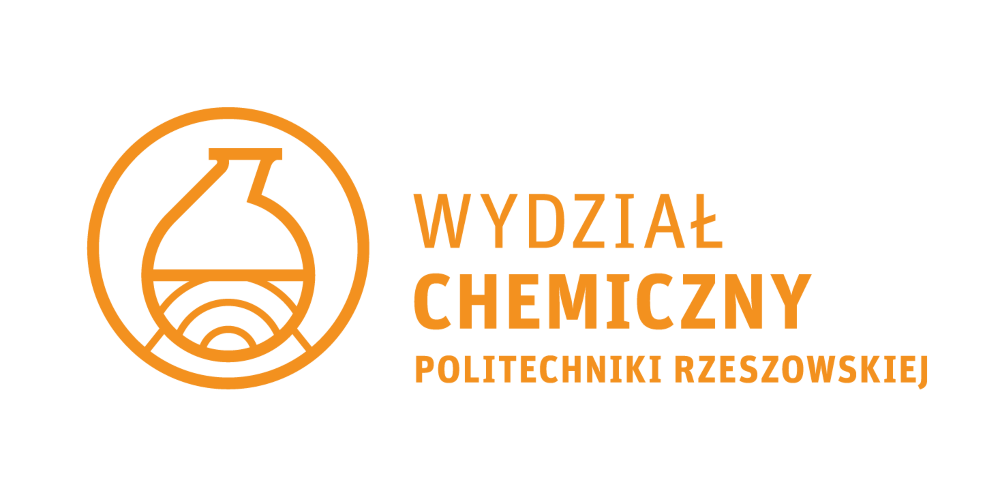

Microbiological analysis
Some basic information about the module
The aim of studying and bibliography
The main aim of study:
Student obtains basic knowledge about principles of microbiological diagnostic
The general information about the module:
The module is introduced in the 2nd semester of the second degree studies. It is accomplished with 15 hours of lecture and 30 hours of laboratory work.
Bibliography required to complete the module
| 1 | Kunicki - Goldfinger W. | Życie bakterii | PWN. | 2008 |
Basic requirements in category knowledge/skills/social competences
Formal requirements:
Registration for the semester
Basic requirements in category knowledge:
Specific knowledge of the structure of microorganisms and their basic metabolic processes
Basic requirements in category skills:
Self-education skills
Basic requirements in category social competences:
Ability to work both alone and in a group
Module outcomes
| MEK | The student who completed the module | Types of classes / teaching methods leading to achieving a given outcome of teaching | Methods of verifying every mentioned outcome of teaching | Relationships with KEK | Relationships with OEK |
|---|---|---|---|---|---|
| MEK01 | Has a knowledge of the methods of microbiological analysis | lecture | written test |
K-W03+ K-W07+ |
W02 W07 |
| MEK02 | Is able to solve engineering tasks in the field of microbiological diagnostics | laboratory | written exam |
K-U11+ K-K02+ |
U08 K03 |
The syllabus of the module
| Sem. | TK | The content | realized in | MEK |
|---|---|---|---|---|
| 2 | TK01 | W01-W10 | MEK01 | |
| 2 | TK02 | W11-W12 | MEK01 | |
| 2 | TK03 | W13-W15 | MEK01 MEK02 | |
| 2 | TK04 | L | MEK02 | |
| 2 | TK05 | L | MEK02 |
The student's effort
| The type of classes | The work before classes | The participation in classes | The work after classes |
|---|---|---|---|
| Lecture (sem. 2) | The preparation for a test:
5.00 hours/sem. |
contact hours:
15.00 hours/sem. |
|
| Laboratory (sem. 2) | The preparation for a Laboratory:
5.00 hours/sem. |
contact hours:
30.00 hours/sem. |
Finishing/Making the report:
5.00 hours/sem. |
| Advice (sem. 2) | |||
| Exam (sem. 2) | The preparation for an Exam:
20.00 hours/sem. |
The written exam:
2.00 hours/sem. |
The way of giving the component module grades and the final grade
| The type of classes | The way of giving the final grade |
|---|---|
| Lecture | The grade is issued in a manner appropriate to the number of points received during the exam: 50-59% - [3], 60-69% - [3,5], 70-79% - [4], 80-89 - [4,5], 90-100 - [5] |
| Laboratory | The grade is issued on the basis of the average grade of 6 tests. Test points: 50-59% - [3], 60-69% - [3,5], 70-79% - [4], 80-89 - [4,5, 90-100 - [5] |
| The final grade |
Sample problems
Required during the exam/when receiving the credit
(-)
Realized during classes/laboratories/projects
(-)
Others
(-)
Can a student use any teaching aids during the exam/when receiving the credit : no
The contents of the module are associated with the research profile yes
| 1 | B. Bakera; W. Dąbrowska; M. Miąsik; R. Muca; I. Poplewska; M. Sochacka-Piętal; M. Szeliga; D. Tyrka | Sposób otrzymywania ekstraktu ze szczodraka krokoszowatego oraz zastosowanie ekstraktu otrzymywanego ze szczodraka krokoszowatego jako stymulatora wzrostu roślin | 2025 |
| 2 | Ł. Byczyński; P. Król; M. Sochacka-Piętal | Hydrophilic polyurethane films containing gastrodin as potential temporary biomaterials | 2023 |
| 3 | A. Czmil; S. Czmil; M. Ćmil; J. Gawor; M. Piętal; D. Plewczynski; M. Sochacka-Piętal; D. Strzałka; T. Wołkowicz; M. Wroński | NanoForms: an integrated server for processing, analysis and assembly of raw sequencing data of microbial genomes, from Oxford Nanopore technology | 2022 |
| 4 | B. Król; P. Król; K. Pielichowska; M. Sochacka-Piętal; Ł. Uram; M. Walczak | Synthesis and property of polyurethane elastomer for biomedical applications based on nonaromatic isocyanates, polyesters, and ethylene glycol | 2020 |